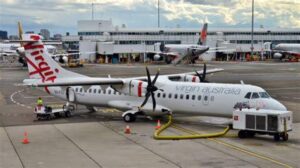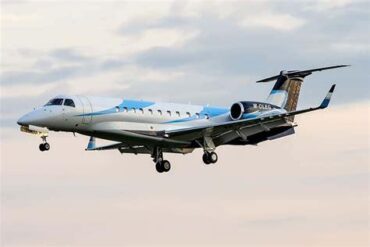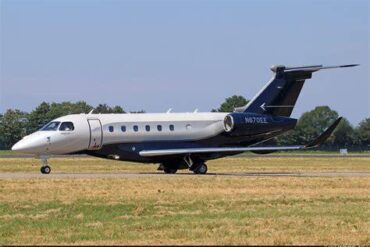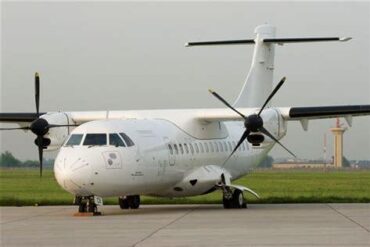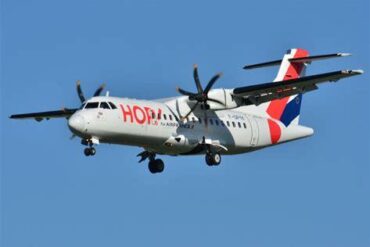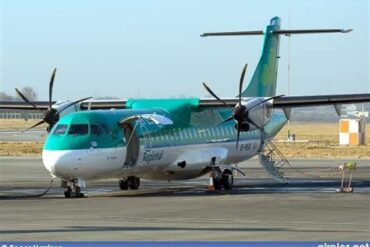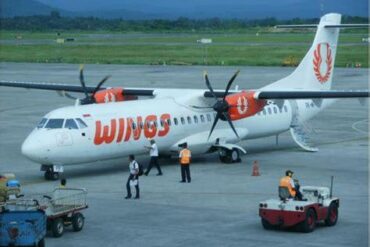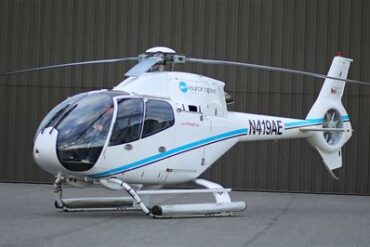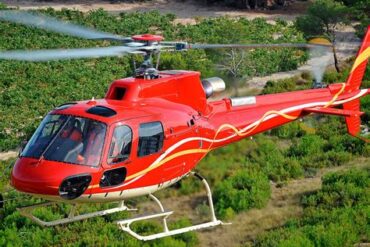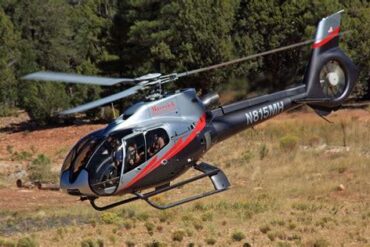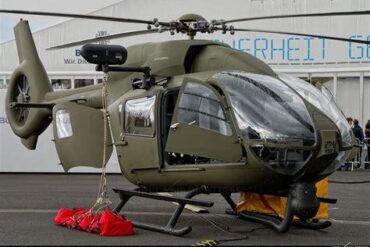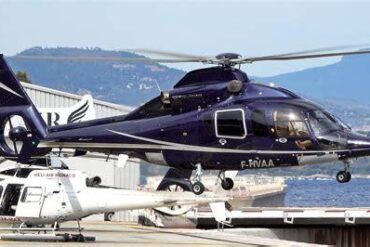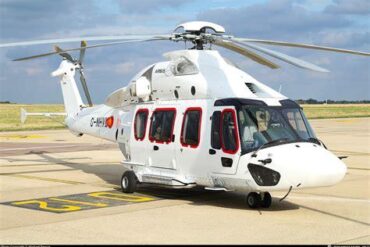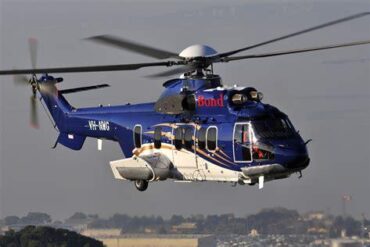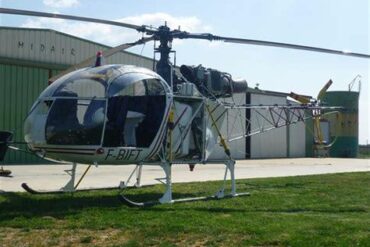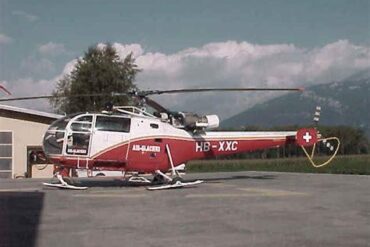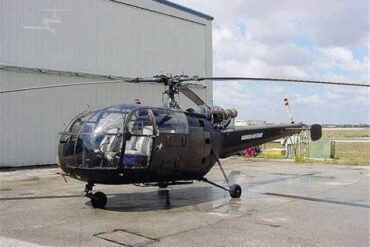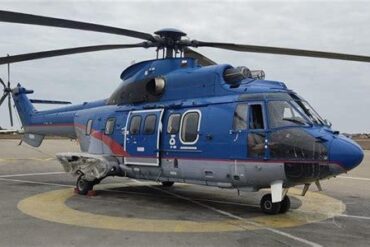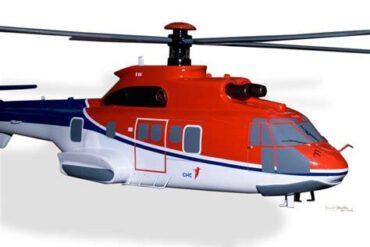ATR 72-600 Price and Operating Costs
Introduction
The ATR 72-600 is a popular regional turboprop aircraft known for its efficiency and reliability. Whether you’re an airline executive considering fleet expansion or an investor exploring opportunities in the aviation industry, understanding the price and operating costs of the ATR 72-600 is crucial. In this article, we will provide a comprehensive breakdown of the purchase price, direct operating costs, and other associated expenses that come with owning and operating this aircraft.
Purchase Price of the ATR 72-600
The ATR 72-600 is celebrated for its cost-effectiveness, both in terms of acquisition and operation. The list price for a new ATR 72-600 is typically around $26 million to $28 million, depending on the specific configuration and optional equipment chosen. However, it’s important to note that the actual purchase price can vary significantly based on factors such as bulk purchase discounts, customization, and the negotiation process.
-
Base Price: The base price of the ATR 72-600 usually hovers around $26 million. This includes the standard configuration with basic avionics and interior setups.
-
Customization Costs: Airlines often require customized interiors, advanced avionics, and other specific modifications, which can add between $1 million to $2 million to the base price.
-
Discounts and Negotiations: Airlines purchasing multiple units often receive substantial discounts. The final purchase price can be reduced by 5% to 15% depending on the size of the order and the negotiating power of the buyer.
Direct Operating Costs
Direct operating costs (DOC) are a critical factor for airlines when evaluating the economic viability of an aircraft. The ATR 72-600 is recognized for its low operating costs, which makes it a preferred choice for regional airlines. The key components of direct operating costs include fuel, maintenance, crew, and landing fees.
Fuel Costs
Fuel is one of the most significant components of the direct operating costs. The ATR 72-600 is powered by twin Pratt & Whitney Canada PW127M engines, which are highly fuel-efficient. On average, the ATR 72-600 burns around 5.1 pounds of fuel per nautical mile.
-
Fuel Efficiency: The ATR 72-600’s fuel efficiency translates to approximately 550 to 600 gallons per hour under typical operating conditions.
-
Fuel Cost per Hour: Assuming an average fuel price of $5 per gallon, the fuel cost per hour for the ATR 72-600 would be approximately $2,750 to $3,000.
Maintenance Costs
Maintenance costs for the ATR 72-600 are relatively low compared to other regional aircraft. The simplicity of its design and the reliability of its components contribute to reduced maintenance expenses.
-
Routine Maintenance: Routine maintenance checks (A, B, C, and D checks) for the ATR 72-600 are less costly due to the aircraft’s modular design. The average maintenance cost per flight hour is estimated to be around $500 to $600.
-
Engine Overhaul: The Pratt & Whitney PW127M engines require overhaul approximately every 12,000 to 15,000 flight hours. The cost of an engine overhaul can range from $400,000 to $600,000 per engine.
Crew Costs
Crew costs include the salaries of pilots, co-pilots, and cabin crew. These costs can vary significantly depending on the region and the specific airline.
-
Pilot Salaries: The annual salary for a captain flying an ATR 72-600 typically ranges from $90,000 to $150,000, while a first officer’s salary ranges from $60,000 to $100,000.
-
Cabin Crew Salaries: The salaries for cabin crew members are generally lower, ranging from $30,000 to $50,000 per year per crew member.
-
Training Costs: Initial and recurrent training for pilots and cabin crew also contribute to crew costs. The initial training cost for a pilot can be around $20,000 to $30,000.
Landing and Navigation Fees
Landing and navigation fees are variable costs that depend on the specific routes and airports used by the airline.
-
Landing Fees: Landing fees vary by airport and aircraft weight, averaging around $100 to $500 per landing for the ATR 72-600.
-
Navigation Fees: These fees are charged based on the distance flown and the airspace used. They can range from $200 to $800 per flight.
Fixed Operating Costs
In addition to direct operating costs, fixed operating costs must be considered. These costs remain constant regardless of the number of hours an aircraft is flown. The key components of fixed operating costs include insurance, hangar fees, and administrative expenses.
Insurance Costs
Aircraft insurance is a significant fixed cost, covering risks such as hull damage, liability, and third-party claims.
-
Hull Insurance: The hull insurance for an ATR 72-600 typically costs around $100,000 to $150,000 annually, depending on the aircraft’s value and the operator’s safety record.
-
Liability Insurance: Liability insurance costs vary based on the coverage amount, with premiums typically ranging from $50,000 to $100,000 per year.
Hangar Fees
Storing an aircraft in a hangar is another fixed cost that varies based on the location and size of the facility.
-
Hangar Rental: The average cost for hangar rental for an ATR 72-600 is between $2,000 to $5,000 per month, depending on the airport and region.
-
Ground Handling: Ground handling services, including towing and aircraft cleaning, can add another $500 to $1,000 per month.
Administrative and Overhead Costs
Administrative costs include expenses related to the management and operation of the aircraft, such as accounting, compliance, and staff salaries.
-
Administrative Salaries: Administrative salaries, including those of operations managers and support staff, typically range from $50,000 to $100,000 annually.
-
Miscellaneous Costs: Other overhead costs, such as office space rental, utilities, and communications, can add an additional $20,000 to $50,000 per year.
Depreciation and Financing Costs
Depreciation and financing are crucial financial considerations for any airline or aircraft operator.
Depreciation
Aircraft, like any other capital asset, depreciate over time. The depreciation rate for an ATR 72-600 is typically calculated over a 20 to 25-year period.
-
Annual Depreciation: The annual depreciation expense for an ATR 72-600 can range from $1 million to $1.5 million, depending on the purchase price and the chosen depreciation method.
-
Residual Value: After 20 to 25 years, the residual value of an ATR 72-600 is estimated to be around $5 million to $7 million.
Financing Costs
If an aircraft is financed, the interest on the loan is another significant cost.
-
Loan Interest Rates: The interest rates for aircraft financing typically range from 4% to 6% annually, depending on the creditworthiness of the borrower and market conditions.
-
Monthly Payments: For a loan covering 80% of the purchase price over a 15-year term, monthly payments would range from $120,000 to $150,000.
Cost per Available Seat Mile (CASM)
The Cost per Available Seat Mile (CASM) is a critical metric used by airlines to measure the cost efficiency of an aircraft. The ATR 72-600, with its 68 to 78-seat configuration, offers a competitive CASM compared to other regional aircraft.
-
Operating CASM: The operating CASM for the ATR 72-600 typically ranges from $0.08 to $0.12 per seat mile, depending on factors such as route length, fuel prices, and load factors.
-
Comparison: This CASM is lower than many competing regional jets, making the ATR 72-600 an attractive option for airlines focusing on cost-effective operations in short to medium-haul markets.
Conclusion
The ATR 72-600 is a cost-effective and versatile aircraft, ideal for regional operations. Its relatively low purchase price, coupled with its efficient fuel consumption and manageable operating costs, makes it a popular choice among regional airlines worldwide. By carefully considering the factors outlined in this article, airlines and investors can make informed decisions about the economic viability of incorporating the ATR 72-600 into their fleets.
